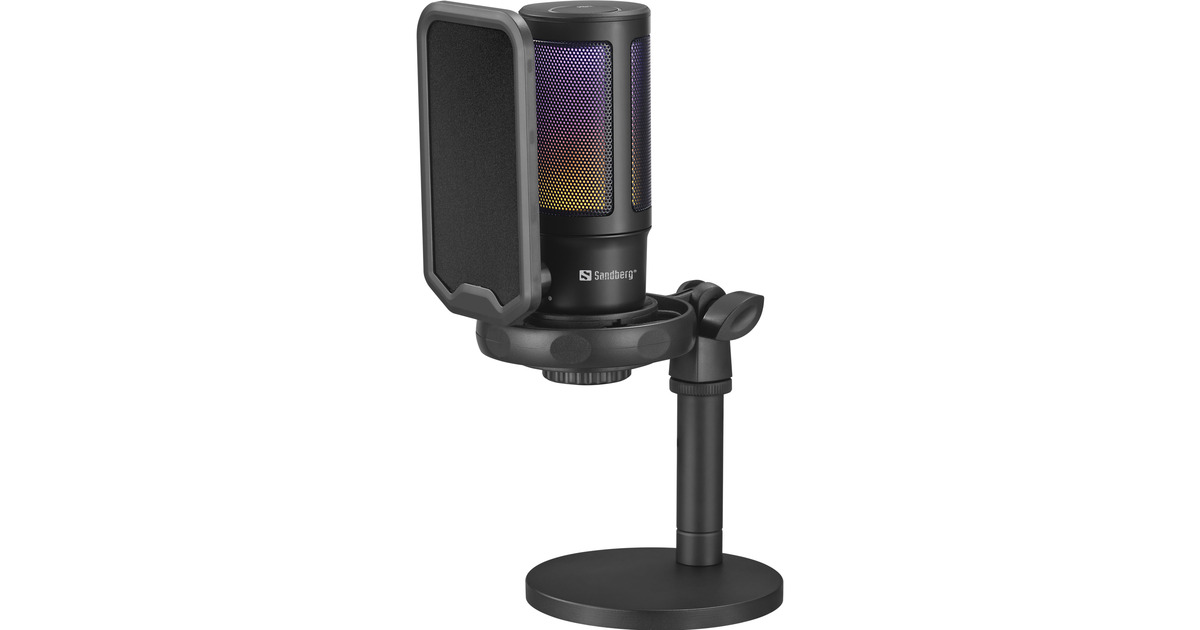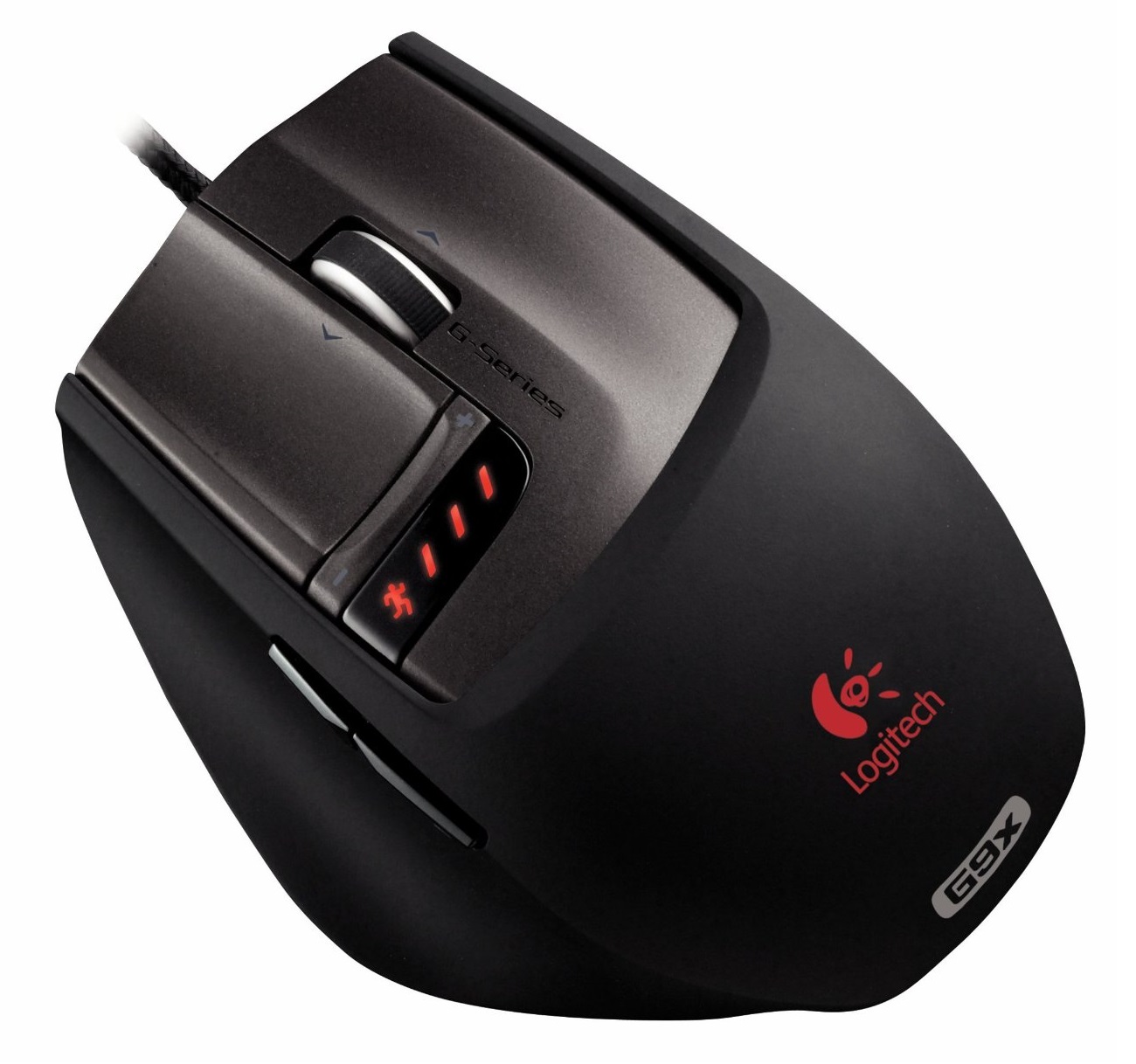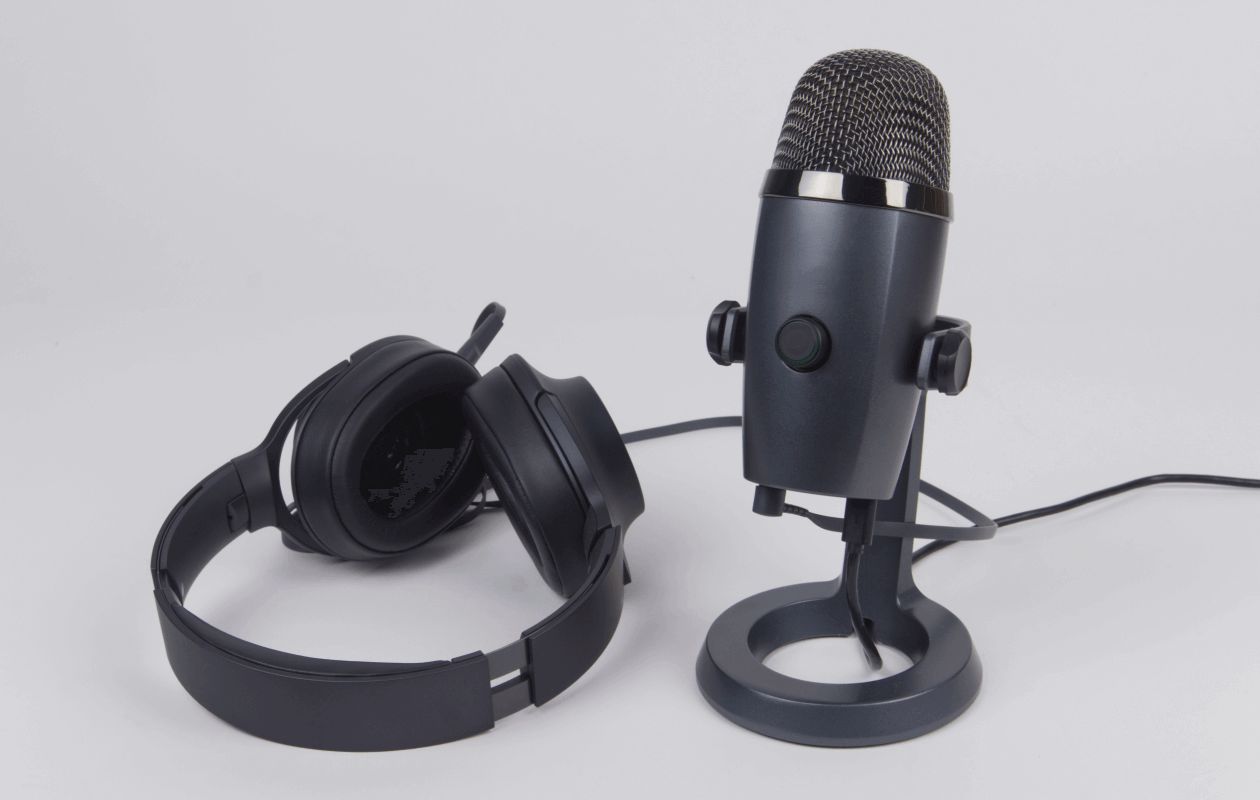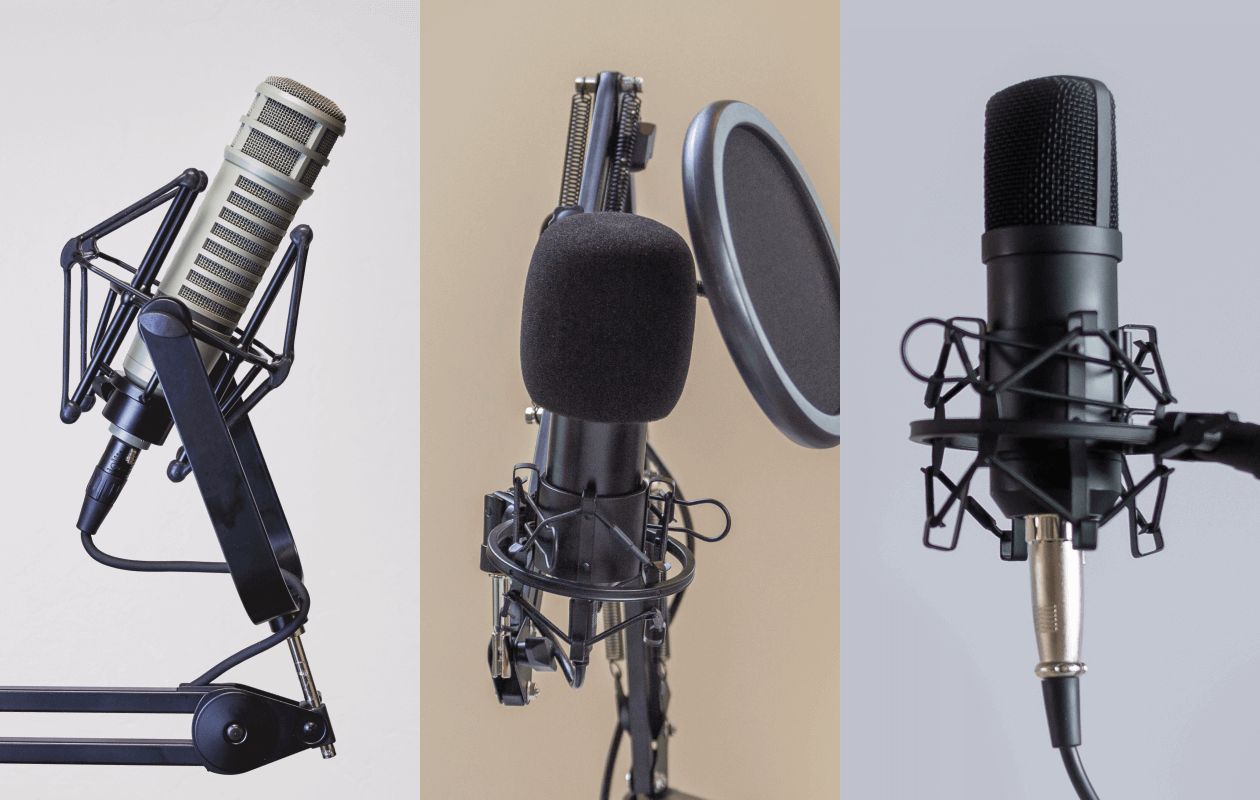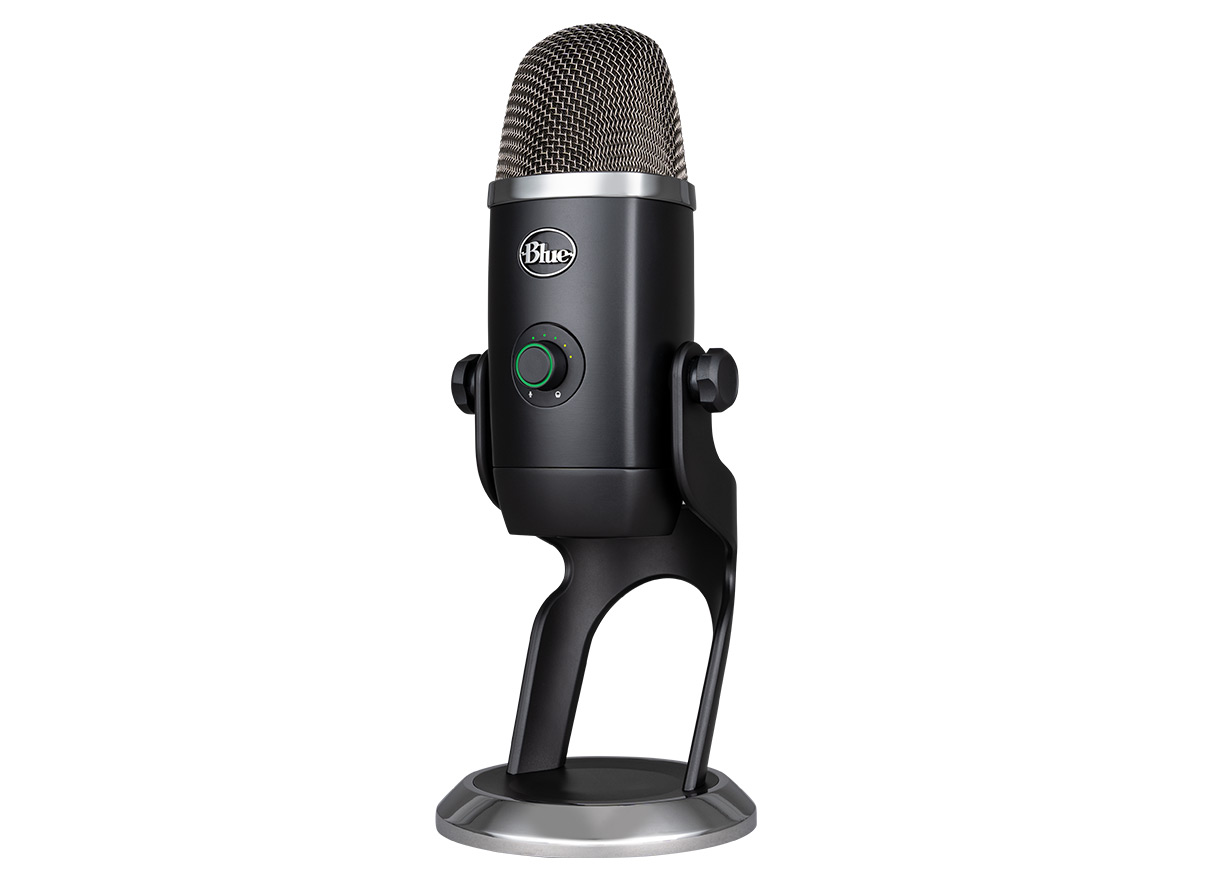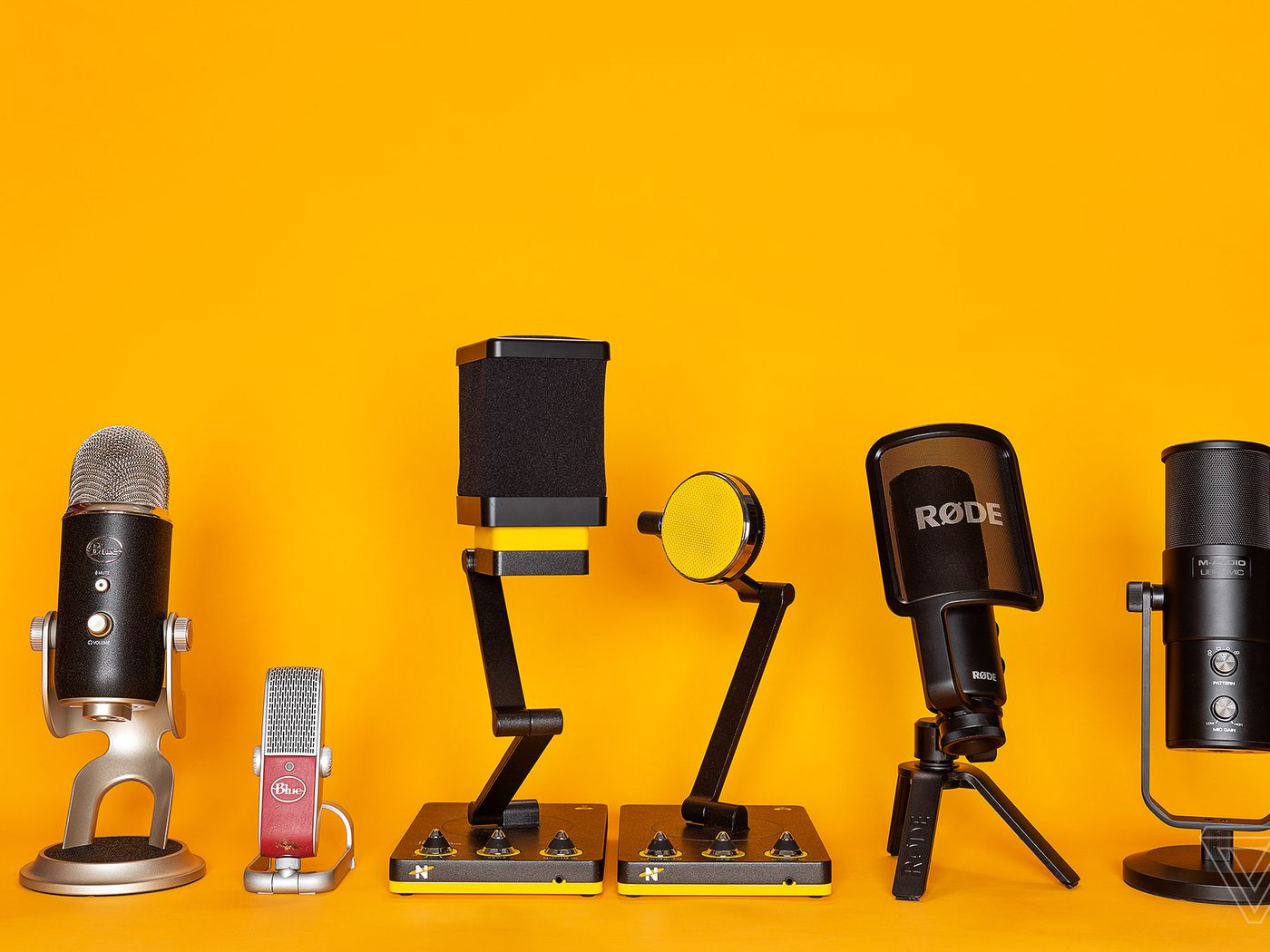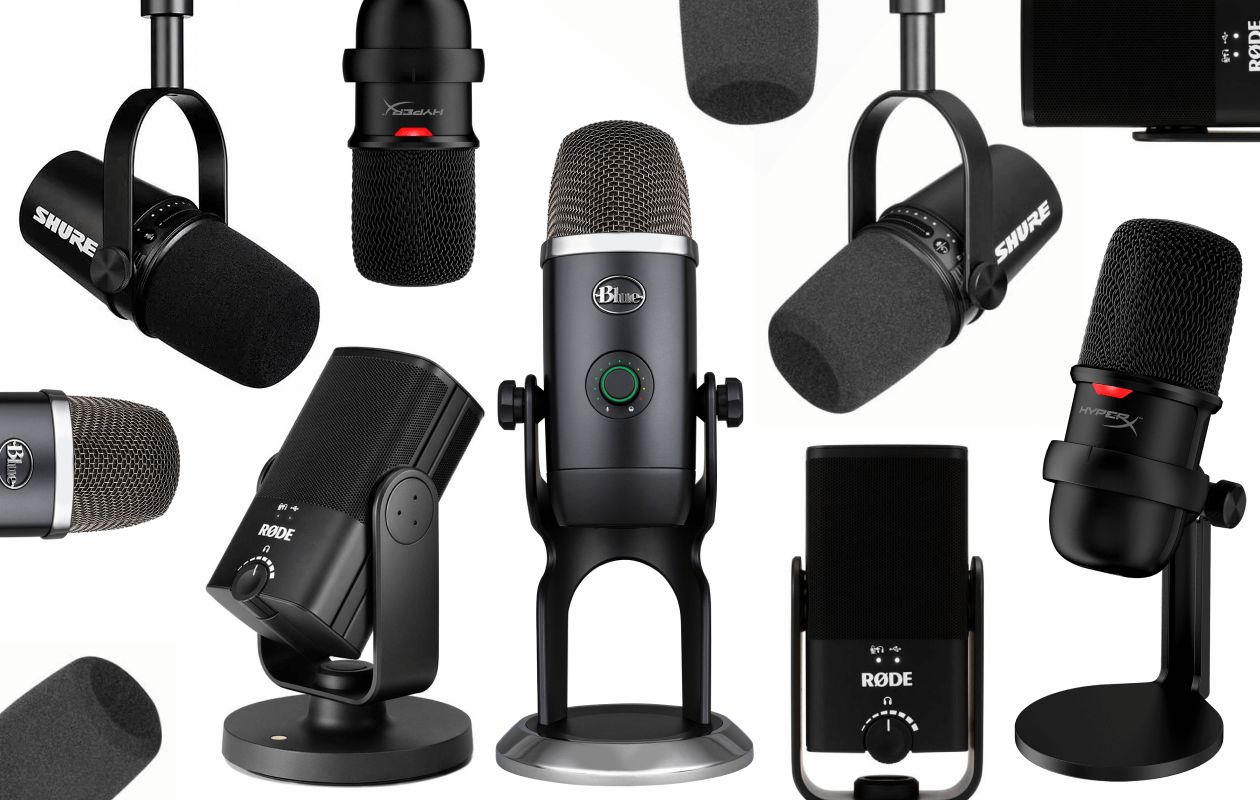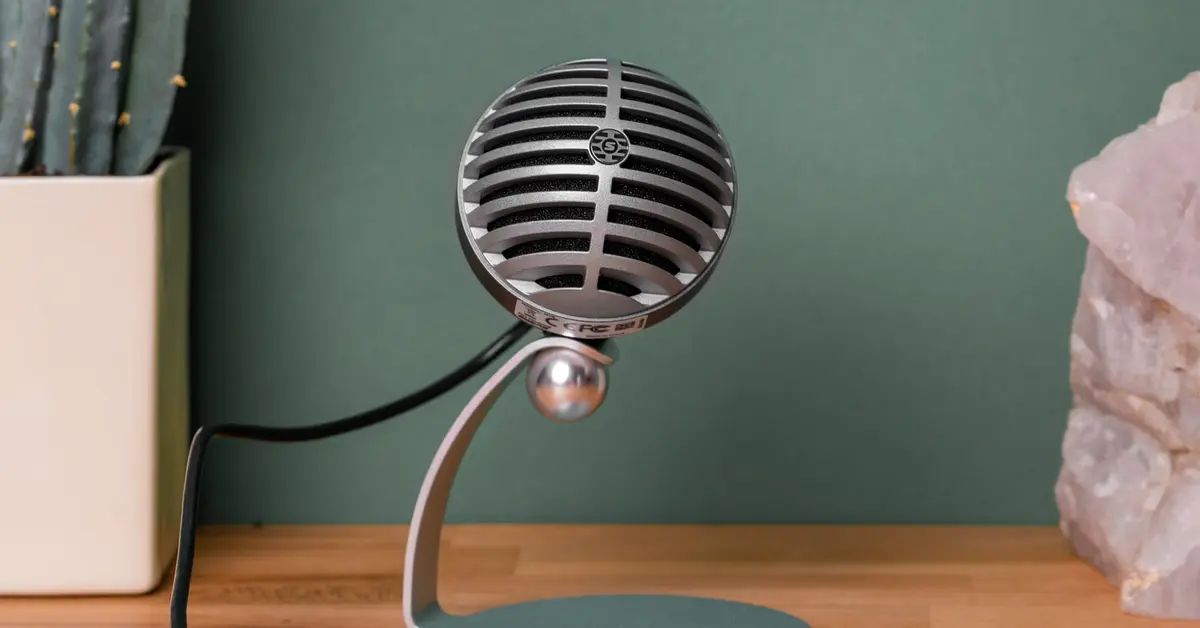Introduction
Having a USB microphone can greatly enhance your voice communication experience, especially when using platforms like Teamspeak. However, if you’re facing issues with your USB microphone not working correctly in Teamspeak, it can be frustrating and hinder your ability to communicate effectively.
In this article, we will delve into the potential causes of why your USB microphone may not be working in Teamspeak and guide you through troubleshooting steps to resolve the issue. We will explore both hardware and software-related factors that could be affecting the functionality of your USB microphone in Teamspeak.
Before we begin troubleshooting, it’s important to note that the steps outlined in this article are specific to USB microphones and Teamspeak. If you are using a different microphone or encountering issues with a different voice communication platform, the solutions may vary.
Now, let’s get started on diagnosing and fixing the problem with your USB microphone in Teamspeak.
Potential Hardware Issues
When your USB microphone is not working in Teamspeak, it is essential to first rule out any potential hardware issues that could be causing the problem. Here are some steps to help you identify and resolve any hardware-related factors:
- Check the physical connections: Ensure that the USB cable is securely connected to both your microphone and your computer. If possible, try using a different USB port to see if the issue persists.
- Inspect the microphone itself: Examine the USB microphone for any visible damage or loose components. If you notice any issues, such as a broken or bent connector, it may be necessary to replace the microphone.
- Test the microphone on another device: Connect the USB microphone to a different computer or device to determine whether the issue lies with the microphone or with your computer’s settings. If the microphone works fine on another device, the problem is likely related to your computer or software settings.
- Ensure that the microphone is selected as the default recording device: In your computer’s sound settings, make sure that your USB microphone is set as the default recording device. Sometimes, another device might be selected, causing the USB microphone to not work properly in Teamspeak.
By following these steps, you can determine if there are any hardware-related issues causing your USB microphone to malfunction in Teamspeak. If the problem persists after checking these factors, it’s time to explore software and settings-related troubleshooting options.
Checking Connections
One of the most common reasons for a USB microphone not working in Teamspeak is a poor or loose connection. It’s important to ensure that all connections are secure and properly set up. Here are some steps to check your connections:
- Disconnect and reconnect the USB cable: Sometimes, a simple disconnection and reconnection of the USB cable can solve the issue. Unplug the USB cable from both your microphone and computer, wait a few seconds, and then reconnect it firmly.
- Try a different USB port: If you’re using a USB hub or an extension, try connecting the USB microphone directly to a USB port on your computer. Sometimes, the hub or extension may not provide enough power or a stable connection, affecting the microphone’s performance.
- Check the USB cable: Inspect the USB cable for any visible damage or fraying. If you notice any issues, it may be necessary to replace the USB cable with a new one.
- Restart your computer: A simple restart can often resolve connectivity issues. After restarting your computer, check if the USB microphone is functioning correctly in Teamspeak.
By thoroughly checking the connections of your USB microphone, you can eliminate any potential issues caused by poor or loose connections. If the problem persists, further troubleshooting steps are required.
Adjusting Windows Settings
If your USB microphone is not working properly in Teamspeak, it’s worth checking and adjusting your Windows settings to ensure they are properly configured. Here are some steps to help you optimize your Windows settings:
- Access the Sound settings: Right-click on the speaker icon in the taskbar and select “Sounds” or navigate to the Sound settings in the Control Panel.
- Set USB microphone as default recording device: In the Sound settings, go to the “Recording” tab and make sure your USB microphone is selected as the default recording device. Right-click on the USB microphone and click “Set as Default Device” if it is not already selected.
- Adjust microphone levels: In the Recording tab, click on your USB microphone and then click on “Properties”. Go to the “Levels” tab and adjust the microphone volume to an appropriate level. Make sure the microphone is not muted by unchecking the “Mute” option, if necessary.
- Disable audio enhancements: In the Properties window of your USB microphone, go to the “Enhancements” tab and check the box that says “Disable all sound effects”. This will ensure that no audio enhancements are interfering with the microphone’s performance.
- Update audio drivers: Outdated or incompatible audio drivers can cause issues with your USB microphone. Visit the manufacturer’s website or use a driver update tool to check for any driver updates for your audio device. Install any available updates and restart your computer if necessary.
By adjusting your Windows settings, you can optimize the performance of your USB microphone in Teamspeak. If the issue still persists, it may be necessary to explore the settings within the Teamspeak application itself.
Exploring Teamspeak Settings
If your USB microphone is not functioning properly in Teamspeak, it’s important to investigate the settings within the Teamspeak application itself. Here are some steps to explore and adjust Teamspeak settings:
- Open Teamspeak settings: Launch Teamspeak and navigate to the “Settings” menu by clicking on “Settings” at the top of the application window.
- Verify input and output settings: In the “Settings” menu, go to the “Capture” tab and ensure that your USB microphone is selected as the input device. Similarly, check the “Playback” tab to ensure the output device is set correctly.
- Adjust microphone volume: In the “Capture” tab, you can adjust the microphone volume by moving the slider to an appropriate level. Make sure the microphone is not muted by unchecking the “Mute” button.
- Check “Push-to-Talk” settings: If you have “Push-to-Talk” enabled, ensure that the correct key or combination of keys is set for activating the microphone. You can find this option in the “Capture” tab under “Push-To-Talk Assignment”.
- Restart Teamspeak: After making any changes to the settings, close and relaunch Teamspeak to apply the adjustments.
By exploring and adjusting the settings within the Teamspeak application, you can ensure that your USB microphone is properly configured and functioning as intended. If the issue persists, it may be necessary to troubleshoot the microphone drivers.
Troubleshooting Microphone Drivers
If your USB microphone is still not working in Teamspeak after checking hardware and adjusting settings, the issue may lie with the microphone drivers. Here are some steps to troubleshoot and update your microphone drivers:
- Uninstall and reinstall the microphone drivers: Open the Device Manager on your computer by right-clicking the Start button and selecting “Device Manager”. Locate the USB microphone under the “Audio inputs and outputs” or “Sound, video, and game controllers” section, right-click on it, and select “Uninstall device”. Then, restart your computer and the drivers should reinstall automatically.
- Update the microphone drivers: If reinstalling the drivers doesn’t resolve the issue, you may need to update the drivers manually. Visit the manufacturer’s website and search for the latest drivers for your USB microphone. Download and install the drivers following the provided instructions.
- Use driver update software: If you’re unsure about manually updating the drivers, you can use driver update software. These tools will scan your system, detect outdated drivers, and automatically download and install the latest versions for you.
- Restart your computer: After updating or reinstalling the microphone drivers, restart your computer to ensure that the changes take effect.
By troubleshooting and updating your microphone drivers, you can resolve any compatibility issues that may be causing your USB microphone to malfunction in Teamspeak. If the problem still persists, it’s advisable to consider updating your Teamspeak application.
Updating Teamspeak
If you’ve tried all the previous troubleshooting steps and your USB microphone is still not working in Teamspeak, it’s worth considering updating the Teamspeak application itself. Here’s how you can update Teamspeak:
- Check for updates: Open Teamspeak and navigate to the “Help” menu. Look for an option like “Check for Updates” or “About Teamspeak” which will display information about the current version.
- Visit the Teamspeak website: If an update is available, visit the official Teamspeak website and navigate to the download section.
- Download the latest version: Look for the latest version of Teamspeak and download it according to your operating system.
- Install the update: Once the download is complete, run the installer and follow the on-screen instructions to install the latest version of Teamspeak.
- Restart Teamspeak: After the update is installed, relaunch Teamspeak and check if your USB microphone is now working as expected.
Updating Teamspeak to the latest version can often address compatibility issues and provide bug fixes that may resolve your USB microphone problem. If you’ve followed all the troubleshooting steps and the issue persists, it’s recommended to reach out to Teamspeak support for further assistance.
Contacting Teamspeak Support
If you’ve exhausted all the troubleshooting steps and your USB microphone is still not working in Teamspeak, it’s time to seek assistance from Teamspeak’s support team. Here’s how you can contact Teamspeak support:
- Visit the Teamspeak website: Go to the official Teamspeak website and look for the “Support” or “Contact” section.
- Submit a support ticket: Many software companies, including Teamspeak, offer support through a ticketing system. Fill out the support ticket with details about your issue and any troubleshooting steps you’ve already taken. Be as specific as possible to help the support team understand the problem.
- Check the Teamspeak forums: Teamspeak’s forums often have a wealth of knowledge and active community members who may have encountered similar issues. Search the forums or post a question describing your problem to see if anyone can provide guidance or solutions.
- Join the Teamspeak Discord server: Teamspeak may have an official Discord server where you can chat with other users and seek help from the community or support staff.
Teamspeak’s support team is best equipped to handle complex issues and provide personalized assistance. They may ask for additional information or guide you through advanced troubleshooting steps specific to your system. Don’t hesitate to reach out to them for help in resolving the USB microphone problem in Teamspeak.
Conclusion
Troubleshooting a USB microphone that is not working in Teamspeak can be a frustrating experience, but by following the steps outlined in this article, you can diagnose and resolve the issue. Start by checking for any potential hardware issues, such as loose connections or damaged cables. Then, adjust your Windows settings and explore the settings within the Teamspeak application to ensure everything is properly configured. If the problem persists, troubleshoot and update your microphone drivers, and consider updating Teamspeak to the latest version. Finally, if all else fails, reach out to Teamspeak support for further assistance.
Remember, each step is important and should be approached systematically. Be patient and thorough in your troubleshooting process. By doing so, you increase your chances of successfully resolving the problem and getting your USB microphone working again in Teamspeak.
If you found this article helpful or have any additional tips, feel free to share them in the comments below. Happy chatting!







